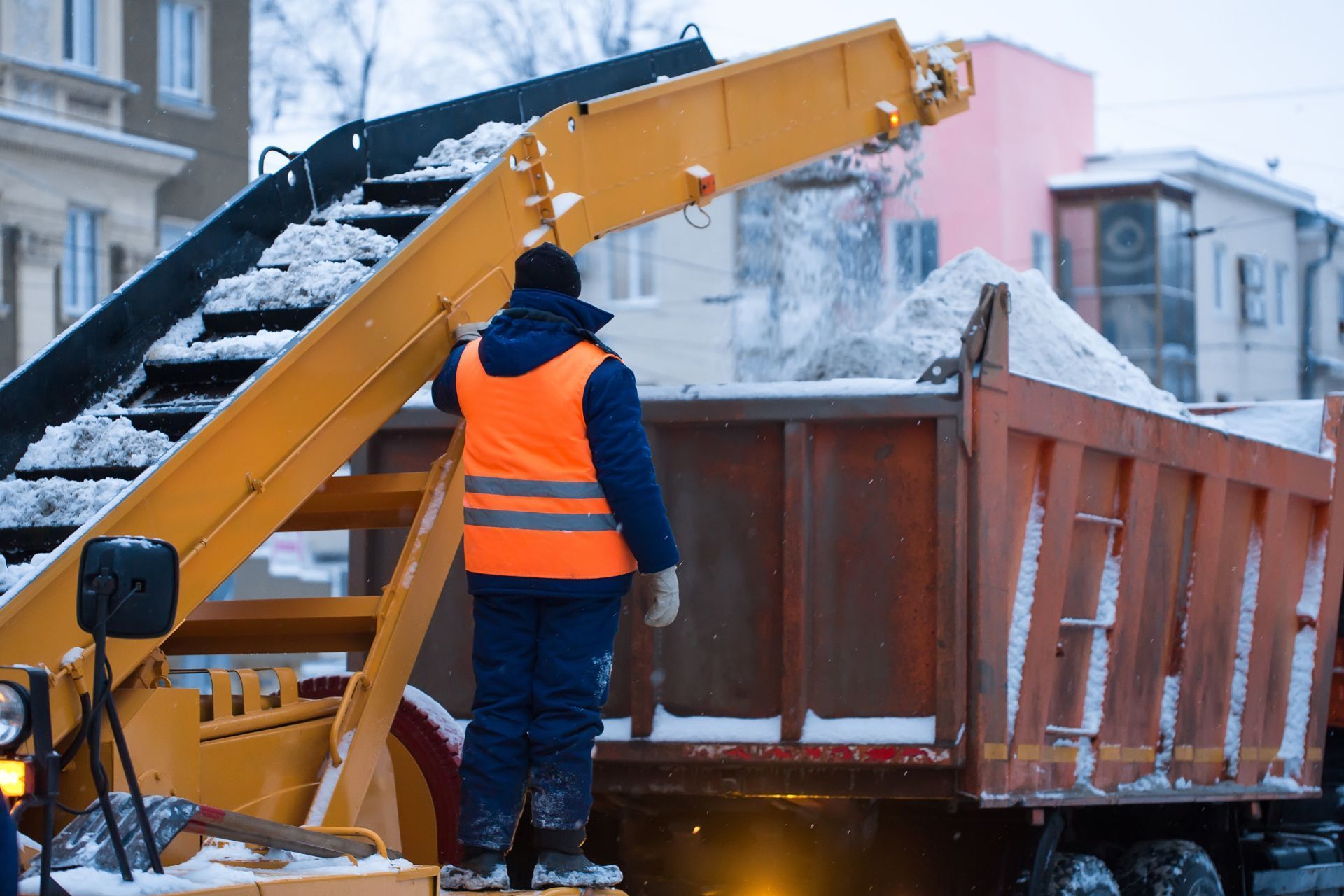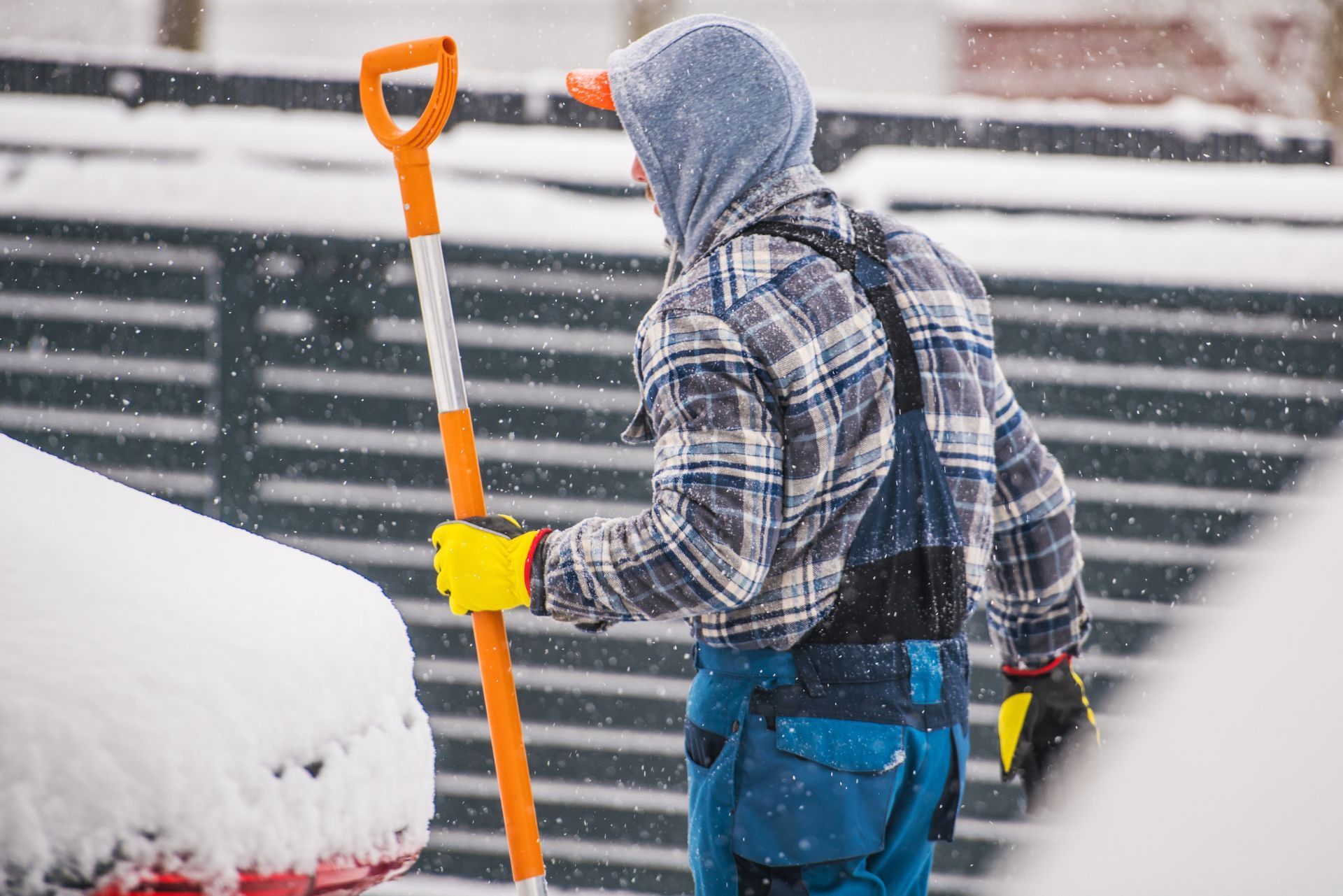
Index
Mandatory Insurance Requirements for Snow Removal Contractors in Michigan
Challenges in Securing Adequate Insurance Coverage
Risk Management and Safety Protocols to Improve Insurance Eligibility
Preparing for Winter Storms: Insurance Considerations for Contractors and Clients
The Role of Technology and Innovation in Snow Removal Insurance
Conclusion: Navigating Insurance Successfully as a Michigan Snow Removal Contractor
Winter in Michigan is synonymous with heavy snowfall, icy roads, and the essential service of snow removal contractors. For these professionals, navigating the complexities of insurance coverage is as critical as clearing driveways and sidewalks. With evolving insurance requirements and rising risks, understanding the landscape of snow removal contractor insurance in Michigan is vital for both business owners and clients alike.
As the Michigan Department of Insurance and Financial Services (DIFS) emphasizes, reviewing insurance policies before the winter storm season is a crucial step to ensure adequate protection against winter-related damages and liabilities. This article explores everything snow removal contractors in Michigan need to know about insurance—from mandatory coverage requirements to risk management strategies and emerging technologies that can enhance compliance and reduce premiums.
Mandatory Insurance Requirements for Snow Removal Contractors in Michigan
Insurance companies have raised the bar for snow removal contractors, reflecting the increased risks associated with winter weather operations. Currently, contractors are required to carry at least $1 million in general liability coverage. This coverage protects against claims related to property damage or bodily injury that might occur during snow removal activities. The winter months can be particularly treacherous, with icy conditions leading to slips and falls, or accidents involving snow removal equipment. Therefore, having adequate insurance not only safeguards the contractor but also provides peace of mind to clients who rely on these services to keep their properties safe and accessible.
Moreover, if a contractor employs workers, insurance mandates extend to commercial auto insurance and workers’ compensation coverage. These policies ensure that both employees and the public are protected in the event of accidents involving company vehicles or on-the-job injuries. Such requirements are not just regulatory formalities but essential safeguards to maintain business continuity and client trust. In Michigan, where heavy snowfall can occur rapidly and without warning, the ability to respond quickly and effectively is crucial. Contractors who are adequately insured are better positioned to handle emergencies and unexpected incidents, reinforcing their reputation in a competitive market.
Insurance providers also expect contractors to implement robust safety protocols, maintain equipment diligently, and provide employee training records. These risk management practices are often prerequisites for securing and retaining insurance coverage, as they demonstrate a contractor’s commitment to minimizing hazards. Regular safety drills, equipment inspections, and ongoing training programs are vital components of a contractor's operational strategy. By fostering a culture of safety, contractors not only comply with insurance requirements but also enhance their overall efficiency and effectiveness during the demanding winter season.
For more details on these requirements, Snow & Ice America offers an insightful overview of insurance company expectations for snow contractors. Additionally, understanding the nuances of these policies can help contractors make informed decisions when selecting an insurance provider, ensuring that they receive coverage tailored to their specific operational needs. This knowledge can be a game-changer, particularly in an industry where the stakes are high, and the margin for error is slim.
Challenges in Securing Adequate Insurance Coverage
The winter of 2025 brings unique challenges for snow removal contractors seeking insurance. Due to an uptick in claims related to winter liabilities, insurance premiums have surged, and some contractors find it increasingly difficult to obtain comprehensive coverage. This trend reflects the heightened risk profile of snow removal operations, where accidents and property damage claims can be costly and frequent. As snow removal contractors face the brunt of these changes, they must also navigate the complexities of fluctuating weather patterns that can exacerbate their operational risks. For instance, unexpected thawing and freezing cycles can lead to hazardous conditions that increase the likelihood of slips and falls, further complicating their insurance landscape.
Some insurance providers are responding by offering tailored solutions designed specifically for snow removal businesses struggling to secure coverage. These customized policies may include parametric insurance options that enable quicker payouts based on predefined weather triggers, such as snowfall amounts or wind speeds. Such innovations help contractors manage cash flow and recover swiftly from weather-related losses. Moreover, some insurers are incorporating risk management services into their offerings, providing contractors with tools and resources to better assess their risk exposure and implement preventive measures. This proactive approach not only helps in mitigating potential claims but also fosters a stronger relationship between contractors and insurers, leading to more favorable terms and conditions.
Understanding these market dynamics is essential for contractors to make informed decisions about their insurance portfolios. Staying updated on industry trends and working closely with knowledgeable insurance agents can help mitigate the risk of coverage gaps or excessive premiums. Additionally, contractors are encouraged to engage in continuous education regarding safety protocols and best practices within the snow removal industry. By prioritizing safety and maintaining thorough documentation of their operations, contractors can demonstrate their commitment to risk management, which may positively influence their insurance negotiations and premium costs.
Snow & Ice America provides an in-depth discussion on
the financial risks of snow removal liability and how insurance solutions are evolving. As the landscape of snow removal continues to shift, staying informed about emerging trends and insurance products will be crucial for contractors aiming to thrive in an increasingly competitive market.

Risk Management and Safety Protocols to Improve Insurance Eligibility
Insurance companies place significant emphasis on risk management when underwriting snow removal contractor policies. Implementing comprehensive safety protocols not only protects employees and clients but also enhances a contractor’s eligibility for favorable insurance terms.
Key strategies include regular employee training focused on safe snow removal techniques, proper use of equipment, and emergency response procedures. Maintaining detailed equipment maintenance logs and safety records further demonstrates a contractor’s proactive approach to risk mitigation. This commitment to safety can also foster a culture of accountability among employees, ensuring that everyone understands their role in maintaining a safe work environment. Regular safety meetings and drills can reinforce these principles, making safety an integral part of daily operations rather than an afterthought.
Investing in such measures can lead to tangible benefits, including insurance discounts ranging from 5% to 15%. These savings reflect the reduced likelihood of claims and improved operational efficiency. Additionally, contractors who adopt modern safety management applications and certificate management systems can streamline compliance and documentation efforts, making insurance renewals smoother and less costly. By leveraging technology, contractors can also track their safety performance metrics over time, identifying trends and areas for improvement that can further enhance their risk management strategies.
Contractors Choice Agency highlights how
technology solutions support Michigan contractors
in maintaining insurance compliance and improving their risk profiles. Furthermore, engaging with local safety organizations or industry groups can provide additional resources and insights into best practices, helping contractors stay ahead of regulatory changes and industry standards. Networking with peers can also lead to valuable partnerships that enhance safety initiatives and share innovative solutions to common challenges faced in the snow removal industry.
Preparing for Winter Storms: Insurance Considerations for Contractors and Clients
Winter weather in Michigan is notoriously unpredictable, bringing heavy snow, high winds, and freezing temperatures that can cause significant property damage. Both contractors and property owners should prioritize insurance preparedness as part of their winter readiness plans.
The Michigan Department of Insurance and Financial Services (DIFS) urges residents and businesses to review their auto, home, and renters’ insurance policies before the storm season begins. Ensuring that coverage limits and deductibles are adequate can prevent costly out-of-pocket expenses following winter-related incidents.
For snow removal contractors, this means verifying that their insurance policies align with the scope of their operations and client expectations. Clear communication about coverage limits and liability protections helps manage risks and fosters trust with customers.
In addition to reviewing insurance policies, contractors should also consider the potential impact of winter storms on their equipment and workforce. Snow removal operations can be particularly hazardous, with icy conditions leading to accidents and equipment damage. Contractors may want to invest in additional coverage for their machinery and vehicles, as well as consider offering training sessions for their employees on safety protocols during winter weather. This proactive approach not only protects their business but also ensures the safety of their team and clients.
As DIFS Director Anita Fox notes, taking precautions to reduce property damage should be an integral part of everyone’s winter preparedness checklist. More information can be found on the
Michigan government website. Furthermore, property owners should also take steps to winterize their homes, such as insulating pipes, clearing gutters, and ensuring that heating systems are functioning properly. By being proactive, both contractors and clients can mitigate the risks associated with winter storms and safeguard their investments against the unpredictable Michigan weather.
The Role of Technology and Innovation in Snow Removal Insurance
The insurance industry is increasingly leveraging advanced technology to address the unique challenges posed by winter liabilities. For snow removal contractors, embracing these innovations can improve risk management and reduce insurance costs.
Parametric insurance products, which provide rapid payouts based on specific weather conditions, are gaining traction as a way to mitigate financial uncertainty. Additionally, insurers are collaborating with local governments to enhance infrastructure resilience, indirectly reducing claims related to winter weather damage.
On the contractor side, adopting certificate management systems and safety management applications helps maintain compliance with insurance requirements and streamlines operational workflows. These tools can automatically track insurance certificates, schedule safety training, and document equipment maintenance, making it easier to demonstrate due diligence to insurers.
Such investments not only qualify contractors for insurance discounts but also improve overall business efficiency, creating a competitive advantage in a demanding market.
Moreover, the integration of GPS technology and real-time weather tracking applications allows contractors to optimize their snow removal routes and schedules. By analyzing weather patterns and snow accumulation data, contractors can deploy their resources more effectively, ensuring timely service delivery while minimizing fuel costs and labor hours. This proactive approach not only enhances customer satisfaction but also reduces the likelihood of accidents, further mitigating potential insurance claims.
In addition to these operational improvements, data analytics plays a crucial role in shaping the future of snow removal insurance. By collecting and analyzing historical data on snowfall, accident rates, and service response times, insurers can develop more accurate risk assessments and pricing models. This data-driven approach not only helps insurers tailor their products to meet the specific needs of snow removal contractors but also fosters a more transparent relationship between insurers and their clients, ultimately leading to more informed decision-making and better risk management strategies.

Conclusion: Navigating Insurance Successfully as a Michigan Snow Removal Contractor
Insurance is a cornerstone of a successful snow removal business in Michigan. Understanding the mandatory coverage requirements, staying abreast of market challenges, and investing in risk management and technology are essential steps to protect your business and clients during the harsh winter months.
By maintaining at least $1 million in general liability coverage, securing commercial auto and workers’ compensation insurance when applicable, and implementing rigorous safety protocols, contractors can meet insurer expectations and reduce the likelihood of costly claims.
Furthermore, leveraging modern technology solutions and staying informed about evolving insurance products can help contractors navigate premium increases and coverage complexities. As winter weather continues to pose significant risks, proactive insurance management remains the best defense against financial setbacks.
For a comprehensive guide tailored to Michigan contractors, including tips on insurance discounts and compliance strategies, visit Contractors Choice Agency’s Michigan Contractor Insurance Guide.

